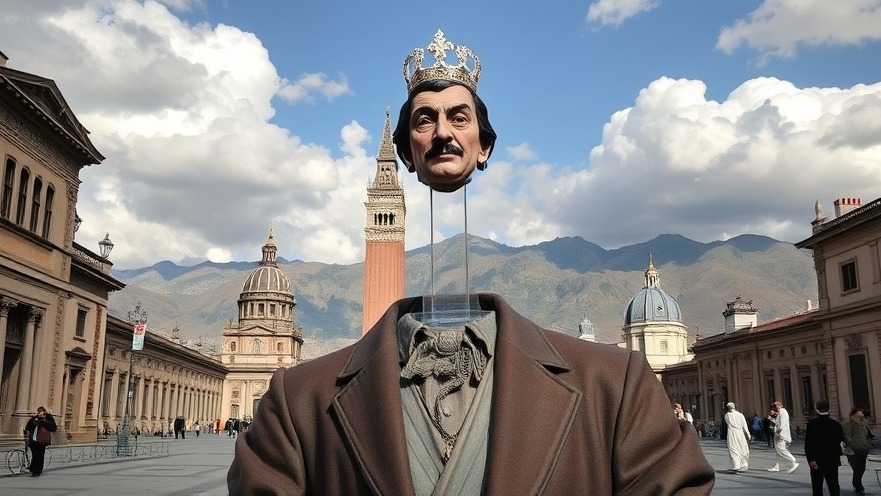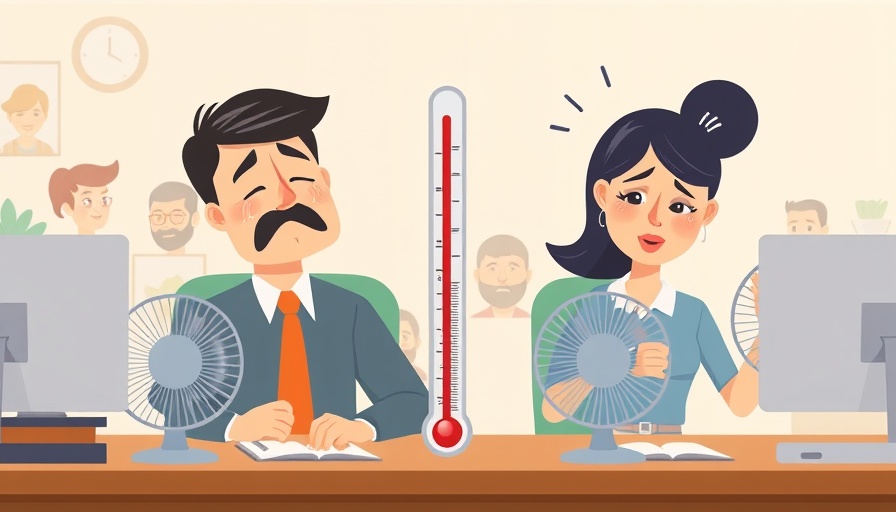
Understanding Weltschmerz: The Pain of the World
In recent times, many people have found themselves grappling with an intense feeling of sadness and helplessness concerning the state of the world. This sensation is encapsulated beautifully by the German word Weltschmerz, which translates literally to "world pain." Coined by the 19th-century writer Johann Paul Richter, Weltschmerz describes the angst felt not from personal troubles but from a deep empathy for the suffering of humanity. In our modern lives, filled with news of disasters, social injustices, and environmental crises, this term seems more relevant than ever.
The Rise of Weltschmerz in Contemporary Life
As our daily lives become inundated with troubling headlines, from climate change to political upheaval, it's no wonder that feelings of despair are becoming common. Social media amplifies this experience, leading us to continuously compare our lives against the backdrop of global woes. This constant exposure creates a sense of overwhelm that can take a toll on our mental health.
According to some psychologists, this sense of global anguish contributes significantly to what we now call Weltschmerz. It weaves a narrative of hopelessness as we witness the suffering of others while feeling powerless to effect change. This complex emotional experience can lead to anxiety, depression, or feelings of rage and mistrust toward the world.
Lessons from History and Literature
The concept of Weltschmerz isn't new; it has been discussed by various literary and philosophical giants like Goethe and Schopenhauer. These thinkers portrayed the emotional turmoil stemming from an awareness of life's impermanence. This historical context can provide insight into our current emotional struggles, offering a sense of understanding that this is neither a new phenomenon nor a personal failing.
Writers like Ralph Ellison explored this feeling further, linking it to generational trauma. This underscores the notion that today's societal challenges—ranging from systemic inequality to environmental meltdown—can resonate deeply within us, establishing a connection across generations.
Practical Tips for Coping with Weltschmerz
As overwhelming as the world can feel, there are strategies to help manage these emotions. Engaging in community work can foster a sense of connection and purpose, ensuring that we direct our pain into positive actions. Seeking therapy or counseling can provide an outlet to articulate these feelings and find support.
Mindfulness and reflective practices also play a crucial role. Taking time to meditate or practice gratitude exercises can shift our focus from the negative news cycle to everyday joys. Nature walks, journaling, or even expressive art can serve as therapeutic outlets to explore our feelings of Weltschmerz without judgment.
The Power of Connection
No matter how isolated we might feel, it's vital to remember that we are not alone in our struggles. Discussions around Weltschmerz can spark conversations within our communities—discussions about vulnerability, compassion, and the need for change. Open conversations can help dissipate feelings of isolation and encourage collective healing.
By harnessing the power of shared experiences, emotional pain can transform into a collective call for compassion and connection. This shift can empower us to address the world's setbacks with a spirit of collaboration, turning despair into activism.
Conclusion: Embracing the Complexity of Our Feelings
Ultimately, Weltschmerz serves as a reminder that our emotions are valid, and acknowledging them is an essential step toward healing. As we navigate these complex times, let's foster resilience and seek pathways toward wellness—not just for ourselves, but for the world we share. Embracing our emotional health allows us to become proactive participants in creating positive change. Take the first step today: reach out to someone you trust, share your feelings, and let your voice contribute to a collective narrative of hope.
 Add Row
Add Row  Add
Add 




Write A Comment